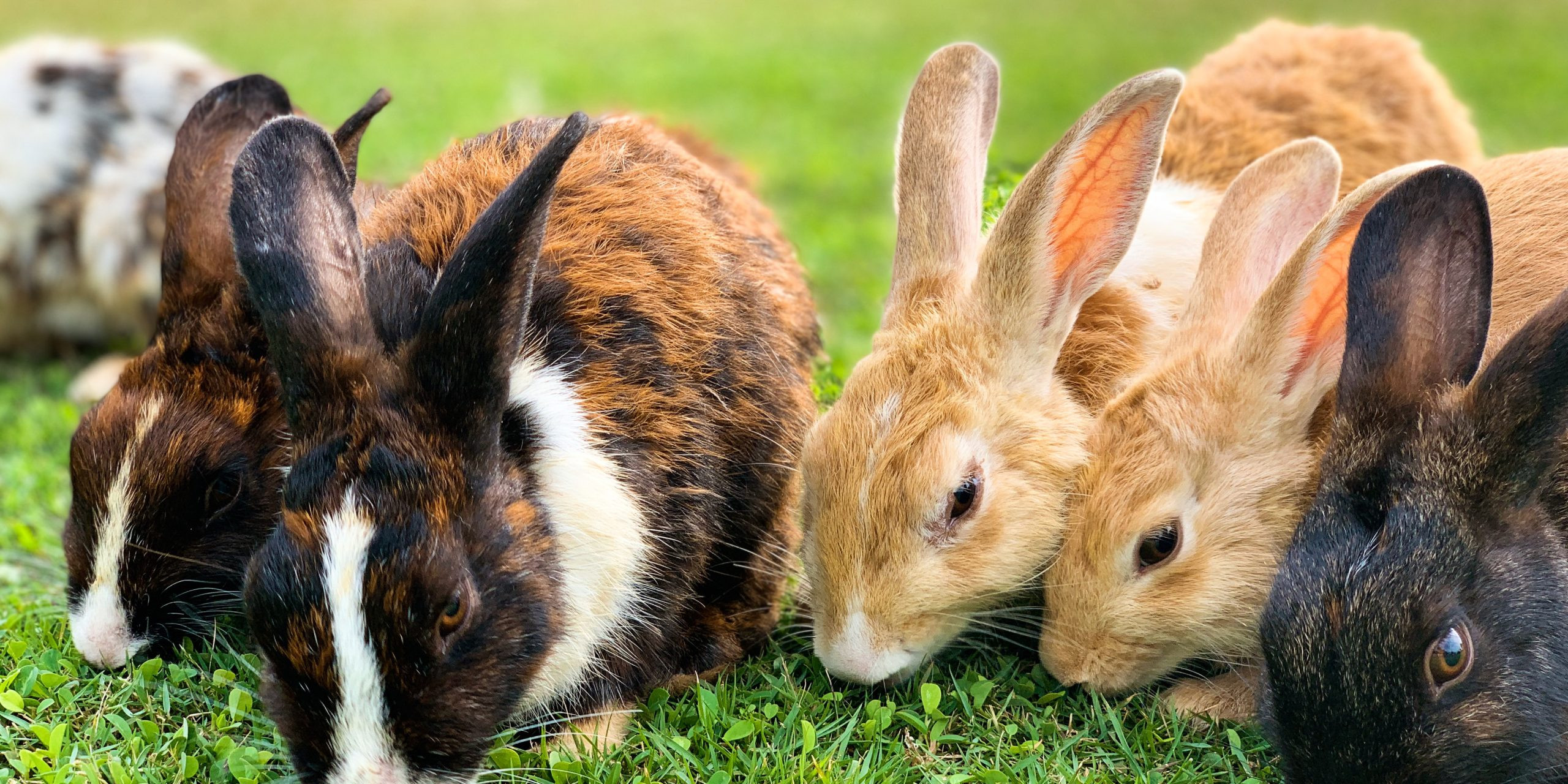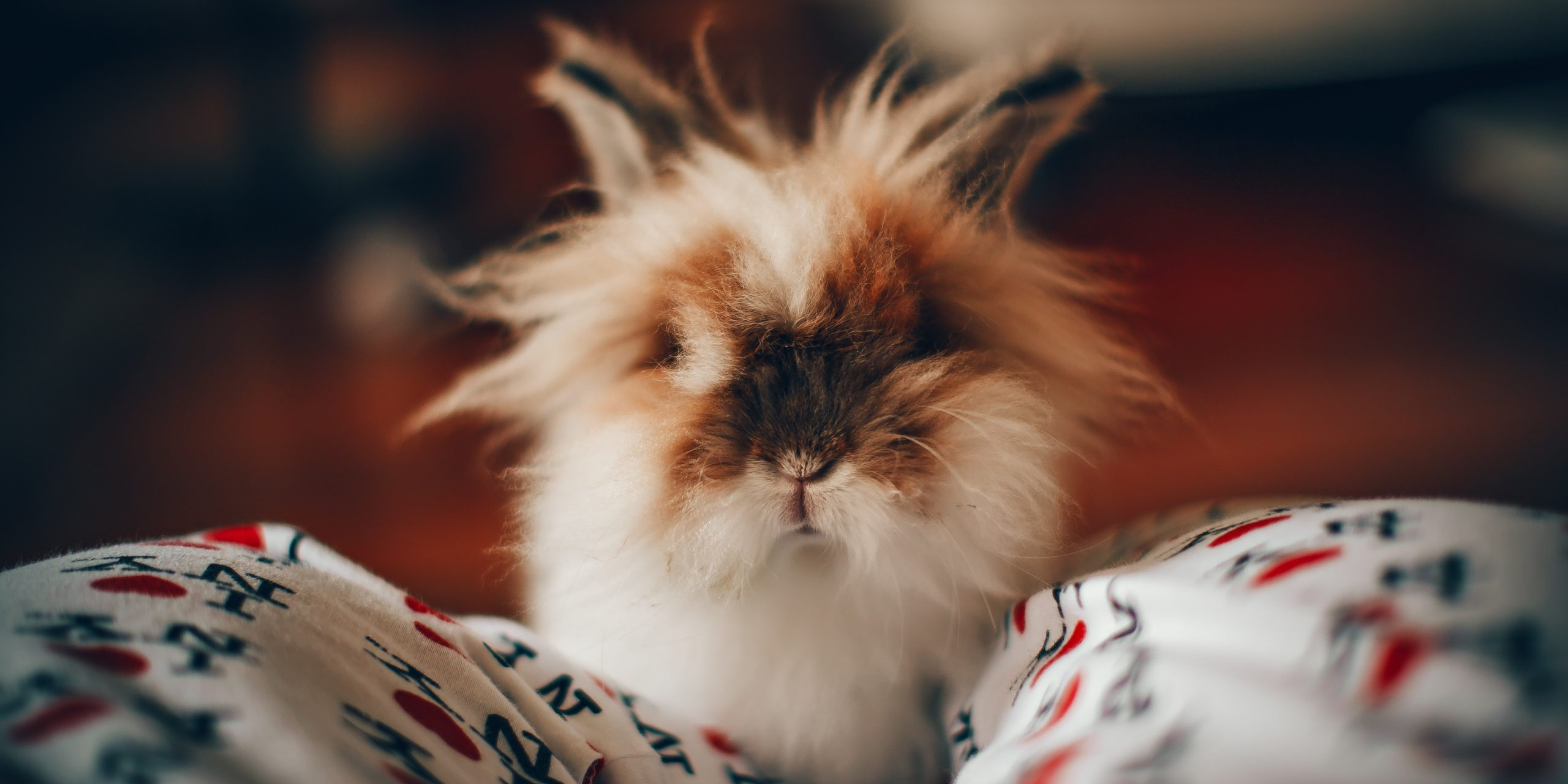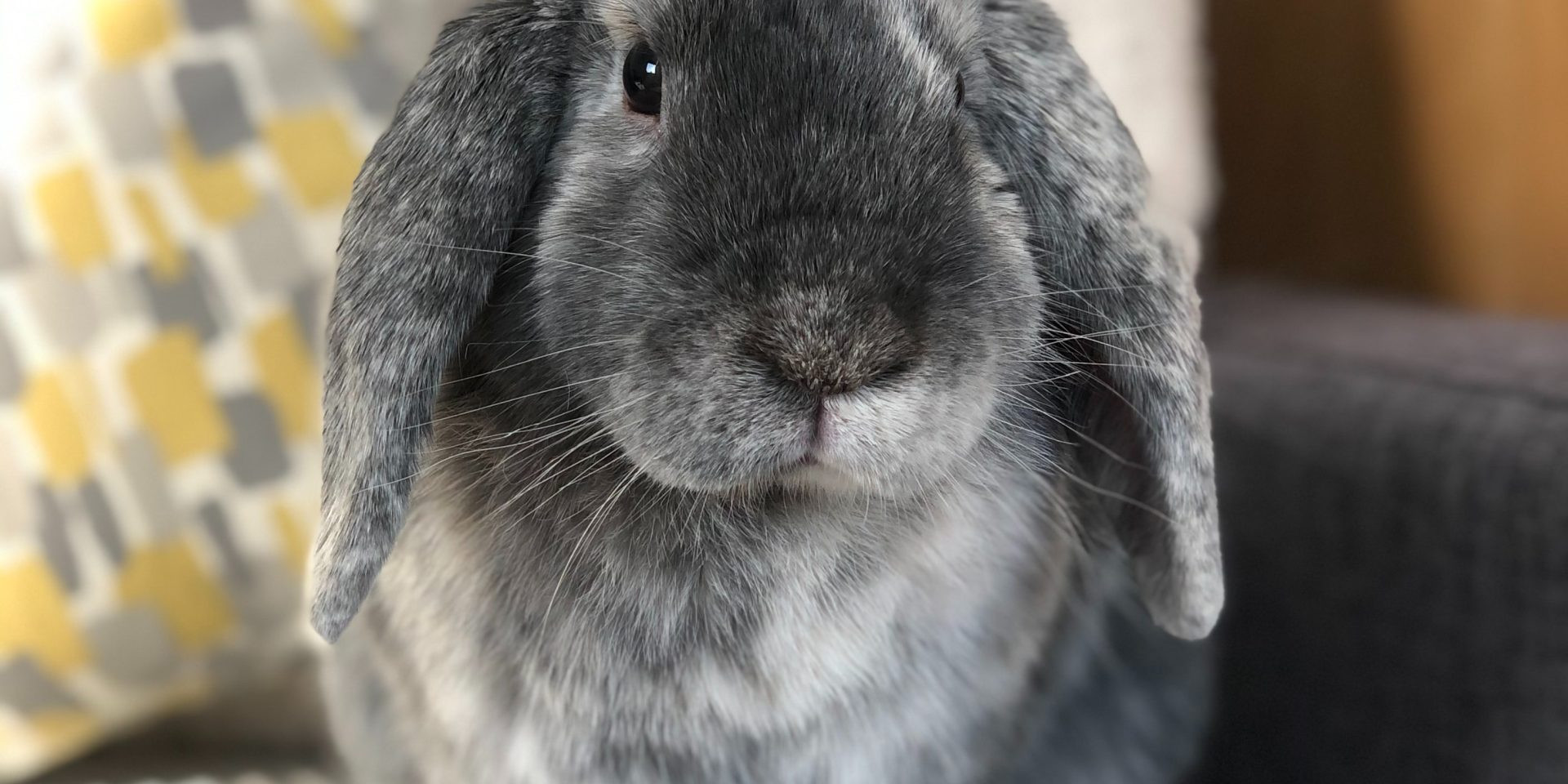Rabbits, with their twitching noses and fluffy tails, are more than just adorable pets. They come in a variety of sizes, each with its own set of characteristics and care needs. Whether you’re a seasoned rabbit owner or considering adopting one, understanding the size spectrum of rabbit breeds is crucial. From the tiny Netherland Dwarf to the colossal Flemish Giant, each breed offers a unique experience. Let’s hop into the world of rabbits and explore the differences in size, care, and personality that these furry friends bring to our lives.
Jump to:
Small Rabbit Breeds: Compact and Cuddly
Characteristics of Small Breeds
Small rabbit breeds, like the Netherland Dwarf and Mini Rex, are known for their compact size and manageable care requirements. These breeds typically weigh between 1 to 4 pounds and are often sought after for their adorable, petite stature.
Register for our latest in-depth reviews and product round-ups from the experts
Enter your email address below to receive our twice monthly reviews emails.
By entering your details, you are agreeing to our terms and conditions and privacy policy. You can unsubscribe at any time.
Caring for Small Rabbits
- Diet: Small rabbits have delicate digestive systems. A balanced diet of hay, vegetables, and a small amount of pellets is essential.
- Housing: Despite their size, they need ample space to move and explore.
- Health: Regular veterinary check-ups are crucial to monitor for common health issues in small breeds.
Medium-Sized Rabbit Breeds: The Balanced Choice
Characteristics of Medium Breeds
Medium-sized rabbit breeds strike a balance between the petite and the colossal. Breeds like the Dutch and English Spot typically weigh between 5 to 9 pounds. They are often favored for their moderate size and ease of handling.
Caring for Medium-Sized Rabbits
- Exercise: They require daily exercise and mental stimulation.
- Social Interaction: These rabbits often enjoy social interaction and can be quite playful.
- Grooming: Regular grooming is necessary to keep their coat in good condition.
Large Rabbit Breeds: Gentle Giants
Characteristics of Large Breeds
Large rabbit breeds, such as the Flemish Giant and French Lop, can weigh over 10 pounds. These breeds are known for their gentle and laid-back nature, making them great companions.
Caring for Large Rabbits
- Space: They need spacious living quarters to accommodate their size.
- Diet: A diet rich in fiber is essential to support their larger bodies.
- Health Monitoring: Close monitoring for signs of joint and bone issues is important due to their size.
Size Comparison Chart: A Closer Look
To give you a clearer picture, here’s a table comparing different rabbit breeds by size. For a more detailed exploration of various rabbit breeds, check out our guide to unique rabbit breeds.
| Breed | Size Category | Average Weight |
| Netherland Dwarf | Small | 1-2.5 lbs |
| Mini Rex | Small | 3-4.5 lbs |
| Dutch | Medium | 4-5.5 lbs |
| English Spot | Medium | 5-8 lbs |
| Flemish Giant | Large | 10+ lbs |
| French Lop | Large | 9-12 lbs |
Source: Rabbit Size Chart
This chart is a handy reference for understanding how different breeds stack up against each other in terms of size.
Health and Lifespan Concerns by Size
Health Issues Specific to Size
Each size category of rabbits has its own set of health concerns. For instance, smaller breeds may be prone to dental problems due to their compact facial structure, while larger breeds can suffer from joint issues due to their weight.
Lifespan Variations
- Small Breeds: Tend to have a longer lifespan, often living up to 10-12 years.
- Large Breeds: May have a shorter lifespan, typically around 5-8 years, partly due to their size-related health issues.
Behavioral Traits and Size Correlation
Influence of Size on Behavior
The size of a rabbit can greatly influence its behavior and temperament. Smaller breeds are often more energetic and skittish, while larger breeds tend to be more relaxed and docile.
Social Needs and Activity Levels
- Small Breeds: Require more frequent interaction and stimulation to keep them engaged.
- Large Breeds: Often content with more relaxed activities and enjoy lounging around.
Rabbit Size and Environmental Adaptation
Adapting Living Spaces
The size of your rabbit will dictate the kind of environment you need to provide. Larger breeds will need more space to roam and larger enclosures, while smaller breeds can be comfortable in smaller spaces but still require room to exercise.
Outdoor vs. Indoor Considerations
- Small Breeds: More suited to indoor living due to their vulnerability to predators and weather.
- Large Breeds: Can adapt to outdoor living if provided with a safe, spacious hutch.
Breeding and Genetics: The Blueprint of Rabbit Sizes
Genetic Factors Influencing Size
Rabbit size is largely determined by genetics. Specific genes dictate whether a rabbit will be a tiny dwarf or a large giant. Understanding these genetic factors is crucial for breeders and those curious about their pet’s background.
Impact of Breeding Practices
- Selective Breeding: Breeders often select rabbits for breeding based on size to produce a specific size range in offspring.
- Genetic Diversity: Maintaining genetic diversity is important to avoid health issues associated with inbreeding.
Rabbit Size and Lifespan: A Correlation
Does Size Affect Lifespan?
There’s a common belief that smaller rabbit breeds tend to live longer than larger ones. This is partly true, as larger breeds often face more health challenges.
Average Lifespan by Size
- Small Breeds: Approximately 10-12 years.
- Large Breeds: Around 5-8 years.
Rabbit Size Chart: A Comprehensive Look
To give you a more detailed understanding, here’s a comprehensive size chart:
| Breed | Size Category | Average Weight | Lifespan |
| Netherland Dwarf | Small | 1-2.5 lbs | 10-12 years |
| Mini Rex | Small | 3-4.5 lbs | 10-12 years |
| Dutch | Medium | 4-5.5 lbs | 8-10 years |
| English Spot | Medium | 5-8 lbs | 8-10 years |
| Flemish Giant | Large | 10+ lbs | 5-8 years |
| French Lop | Large | 9-12 lbs | 5-8 years |
Source: Rabbit Size Chart
Rabbit Size and Housing: Creating the Perfect Home
Housing Needs by Size
The size of your rabbit plays a significant role in determining the type of housing they need. Larger breeds require more space and sturdier enclosures.
Indoor vs. Outdoor Housing
- Small Breeds: Better suited for indoor environments.
- Large Breeds: Can thrive outdoors with proper shelter and safety measures.
Diet and Nutrition: Tailored to Size
Feeding Different Sized Rabbits
The dietary needs of rabbits vary with their size. Larger breeds require more food, but it’s crucial to balance quantity with quality to avoid obesity.
Key Nutritional Needs
- High-Fiber Diet: Essential for all rabbit sizes to maintain digestive health.
- Protein and Fat: Should be moderated, especially in larger breeds prone to weight gain.
Exercise and Play: Size Matters
Activity Needs Based on Size
Exercise is vital for all rabbits, but the intensity and type of activity can vary based on their size.
Exercise Tips
- Small Breeds: Require more frequent, energetic play sessions.
- Large Breeds: Benefit from gentle, less strenuous activities.
In understanding the diverse world of rabbit sizes, we uncover the unique needs and characteristics of these delightful creatures. Whether you’re a rabbit enthusiast or considering adopting one, this knowledge is key to ensuring a happy, healthy life for your bunny companion.
FAQs on Rabbit Sizes
Common Queries Answered
Based on popular questions, here are some insights into the world of rabbit sizes:
Rabbits grow rapidly in the first few months, with growth rate varying by breed.
While genetics play a role, factors like diet and health also influence adult size.
Yes, larger breeds require more space and may have specific dietary and health needs.
Grace Holthaus
Meet Grace, your guide to bunny brilliance. From the rolling hills of England, she shares tips on rabbit care, from grooming to playtime. Join her on a hop-tastic journey celebrating every fluffy tail and twitchy nose. Trust Grace for a regal and enriching rabbit experience.
Related Posts
Understanding Rabbit Breeds and Their Unique Behaviors
Rabbits are not just cute and fluffy; they’re complex creatures with…
Adopting Different Rabbits: A Journey into Rabbit Breeds and Adoption
Rabbits, with their adorable twitching noses and fluffy tails, have hopped into…
Understanding Rabbit Breeds and Their Natural Habitats
Rabbits, with their fluffy tails and twitching noses, are more than just…




